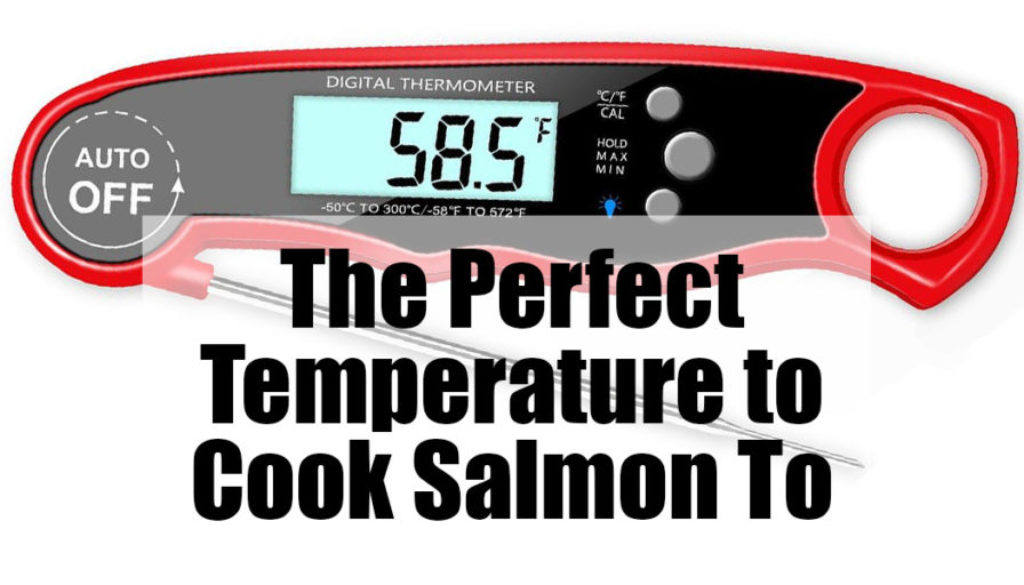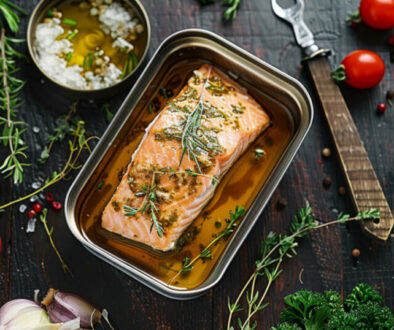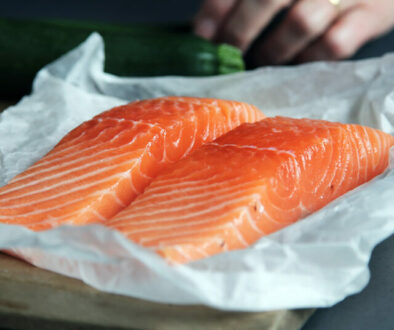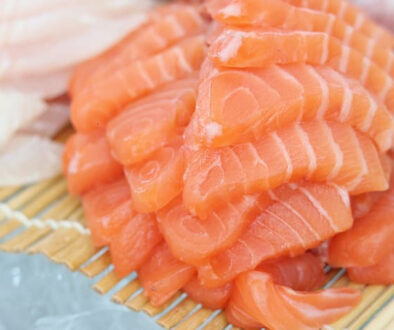What is the perfect internal temperature to cook salmon?
Regardless of which way you cook salmon, whether you are grilling it, baking it or pan-frying your salmon, the most critical thing to get right is the final temperature you cook it to.
The idea temperature to cook salmon to according to the USDA is an internal temperature of 145°. Many chefs, however, target a finished temperature of 125° for moist salmon. Regardless of which temperature you choose, the key to perfect salmon is removing the salmon just before it reaches that temperature and letting the carryover heat finishing the cooking process.
If you cook your salmon to the point where it is 145° inside, the carryover heat will continue to cook your fish until it is dry and nasty. When you are cooking under high heat, this is especially a problem as the exterior is under such intense thermal pressure.
How soon to remove salmon from the oven
To answer the question on how much it will rise after you remove it from the oven, Cooks Illustrated did a test on 1″ thick salmon fillets and got these results.
| Temp. of Oven | Internal Rise After 5 Min. |
| 250° | 7° |
| 325° | 9° |
| 350° | 15° |
| 425° | 27° |
Using that table, you can see the importance of knowing when to pull your salmon off of the heat. The best way to know exactly when you hit that number is to use an instant-read kitchen probe.
If you get this right, your salmon should be flaky, look ever so slightly look moist, but not still be translucent in the center.
Albumin on your salmon
Depending on how you cook your salmon, you may have a white, sometimes foamy, substance surface of your fish. This is a perfectly normal protein called albumin.
Albumin gets pushed out of the muscle fibers of the fish as it cooks. This is particularly common when salmon is poached, canned or overcooked. Even perfectly cooked salmon can form some albumin on the surface however, and it won’t hurt anything. You can help minimize albumin pushing to the surface to some degree by letting it come to room temperature before cooking.



